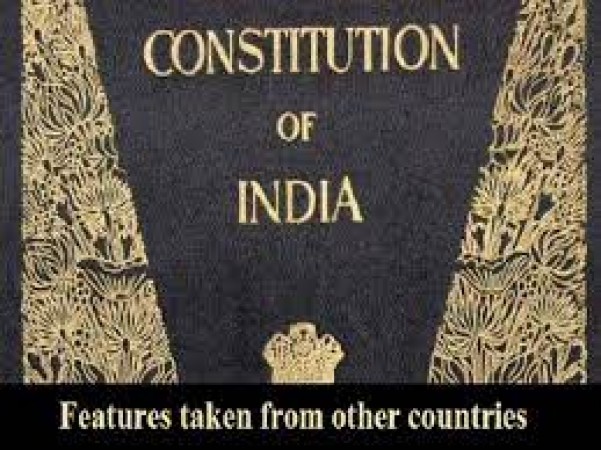
The Indian Constitution is the supreme law of India, providing the framework for the functioning of the country's political, legal, and administrative systems. It is a comprehensive document that outlines the fundamental principles, rights, and duties of the citizens, as well as the structure and powers of the government. This article delves into the important elements of the Indian Constitution and highlights some significant amendments that have shaped its evolution over time.
1. Introduction: The Indian Constitution was adopted on November 26, 1949, and came into effect on January 26, 1950. It draws inspiration from various sources, including the constitutions of other countries and India's own rich historical and cultural heritage.
2. Preamble: The Essence of the Constitution: The Preamble serves as the introductory statement to the Constitution, capturing its objectives and guiding principles. It emphasizes justice, liberty, equality, and fraternity as the core values that India aspires to uphold.
3. Fundamental Rights: Safeguarding Individual Liberties: The Fundamental Rights enshrined in the Indian Constitution protect the individual liberties and freedoms of citizens. These include the right to equality, freedom of speech and expression, the right to education, the right against discrimination, and more. These rights ensure that every citizen is treated fairly and has the freedom to live a dignified life.
4. Directive Principles of State Policy: Guiding Principles for Governance: The Directive Principles of State Policy lay down the fundamental principles for the governance of the country. They encompass various social, economic, and political goals, such as eradicating poverty, providing adequate healthcare, promoting education, and ensuring social justice. While not legally enforceable, these principles guide the government in formulating policies that aim to uplift marginalized sections of society.
5. Structure of Government: Separation of Powers: The Indian Constitution establishes a system of separation of powers among the three branches of government: the Legislature, the Executive, and the Judiciary.
5.1 The Legislature: Parliament and State Assemblies: The Parliament consists of two houses: the Lok Sabha (House of the People) and the Rajya Sabha (Council of States). The Lok Sabha represents the people of India, while the Rajya Sabha represents the states and union territories. State Assemblies exist at the state level and mirror the structure of the Parliament.
5.2 The Executive: President, Prime Minister, and Council of Ministers: The President of India is the head of state, while the Prime Minister is the head of government. The Council of Ministers, headed by the Prime Minister, aids in the administration of the country. The President performs ceremonial duties, and the Prime Minister exercises executive powers.
5.3 The Judiciary: Supreme Court and High Courts: The judiciary in India ensures the rule of law and protects the rights and liberties of individuals. The Supreme Court is the highest judicial body in the country, while each state has its own High Court. These courts interpret laws, adjudicate disputes, and safeguard justice.
6. Federal System: Division of Powers: The Indian Constitution establishes a federal system where powers are divided between the central government and the state governments. While the central government has authority over matters of national importance, the state governments have autonomy in areas specified in the State List.
7. Amendments: Adapting to Changing Needs: The Indian Constitution has been amended multiple times to accommodate the changing needs and aspirations of the nation. Some significant amendments include the 42nd Amendment Act, which introduced fundamental duties, and the 73rd and 74th Amendments, which decentralized power to local bodies.
8. Conclusion: The Indian Constitution stands as a testament to the democratic and inclusive spirit of the nation. It embodies the aspirations and values of the Indian people and provides a robust framework for governance. Through its important elements and amendments, it continues to evolve and adapt to changing times, ensuring a just and progressive society.
Unveiling the Powerhouses: Exploring the Major Capitals of Indian Commerce
The Resilient Journey: Unveiling the History of the Indian Women's Movement
Discover the Marvels of Delhi: Exploring the Iconic Tourist Places in India's Capital City